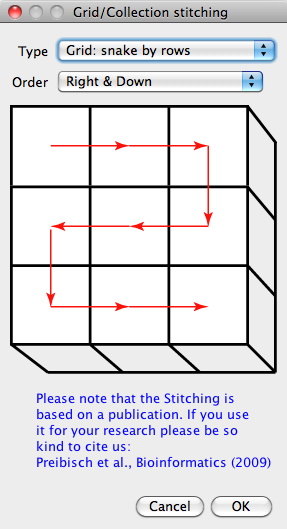
Start with around 1500×900 pixels and adjust. Edit > Selection > Specify to define a region that encompasses a large portion of your sample.Ensure that you are working with an 8-bit image by selecting Image > Type > 8 bit.Open control and experimental images being analyzed.Trainable Classification Plugin: This plugin is used for classifying positive and negative areas of signal in a large sample and determining the % pixels that are positive within a region of interest, a useful application for live/dead cell experiments. Now calculate corrected total cell fluorescence (CTCF) = Integrated Density – (Area of Selected Cell x Mean Fluorescence of Background readings).Calculate the mean fluorescence of background readings.Repeat for several more cells and background regions.Now select a small area of your image that has no fluorescence.A window will pop up with your measurements. Now you can analyze by going to Analyze > Measure.Make sure Area, Integrated Density and Mean Grey Value are checked. Set desired parameters by going to Analyze > Set Measurements.Outline desired cell with Freehand ROI tool.This is the total fluorescent area.įluorescence Intensity: This method determines the corrected total fluorescence by subtracting out background signal, which is useful for comparing the fluorescence intensity between cells or regions. Add areas for all fluorescent regions.

This will give you the area of fluorescent regions of your image.

To threshold your image, go to Image > Adjust > Color threshold.Fluorescence Area: This method can be used for a quick determination of fluorescent labeling area.


 0 kommentar(er)
0 kommentar(er)
